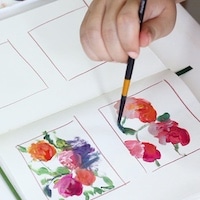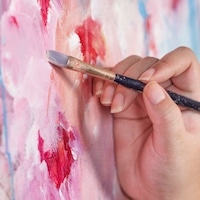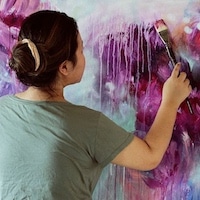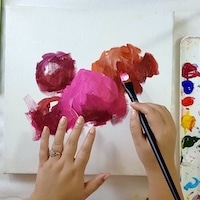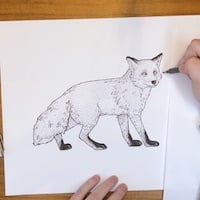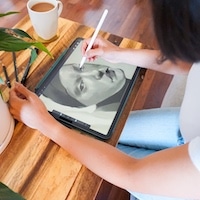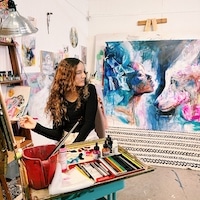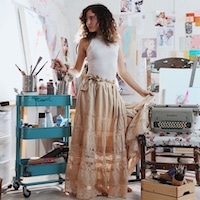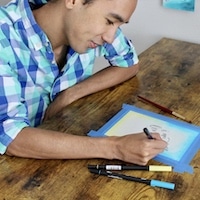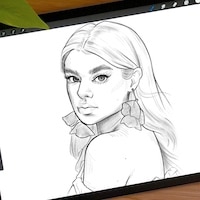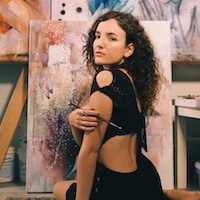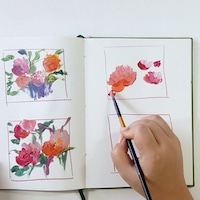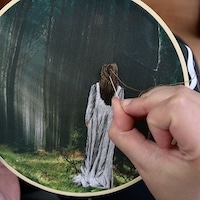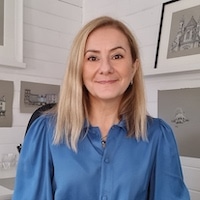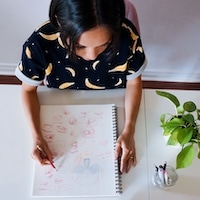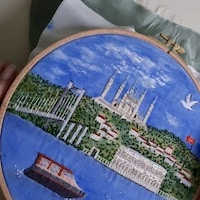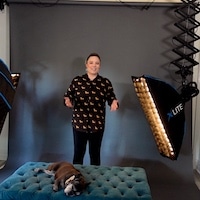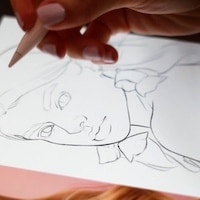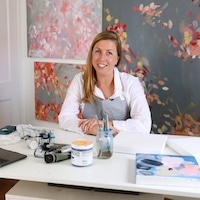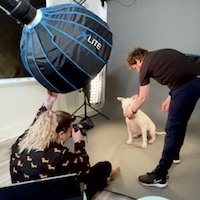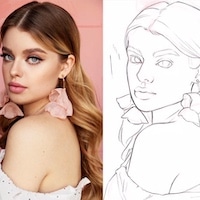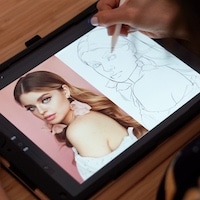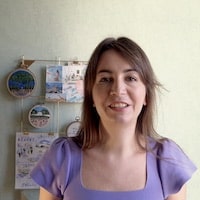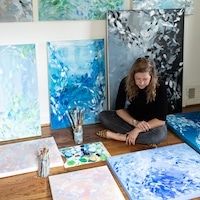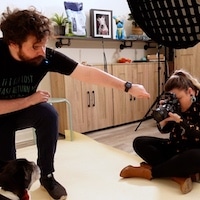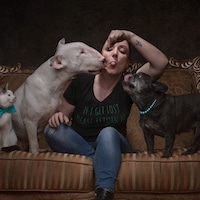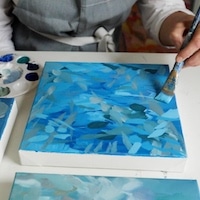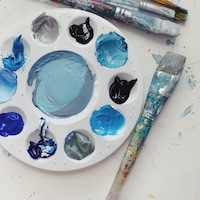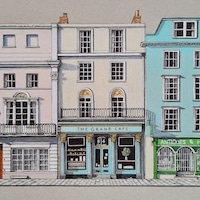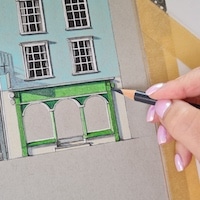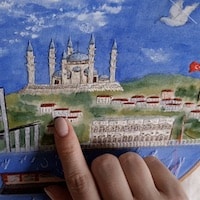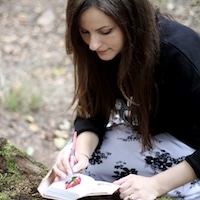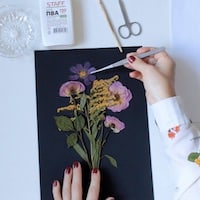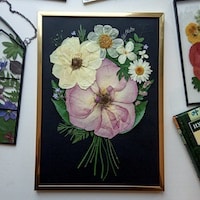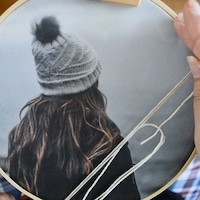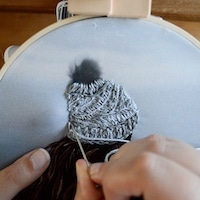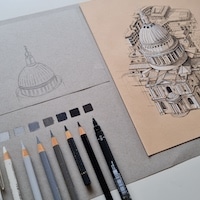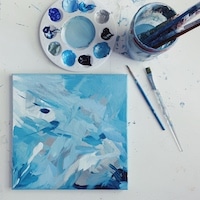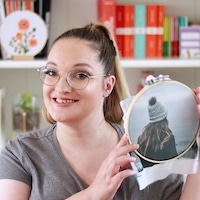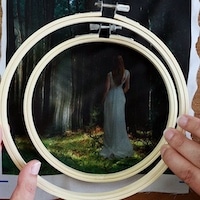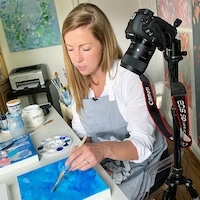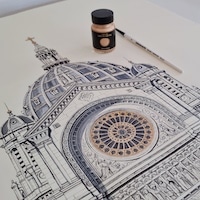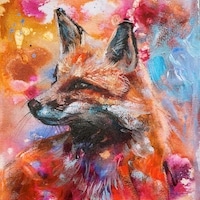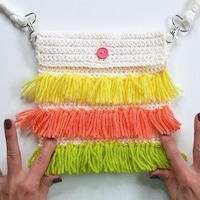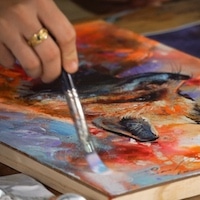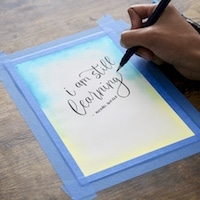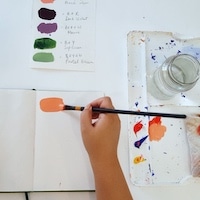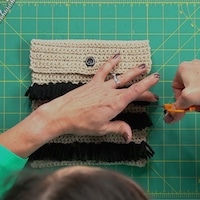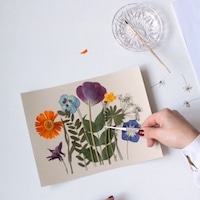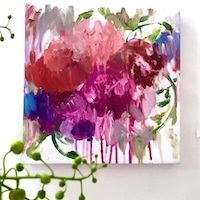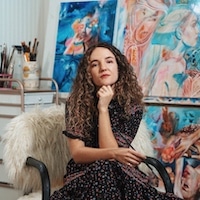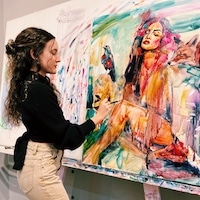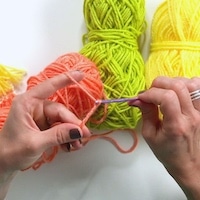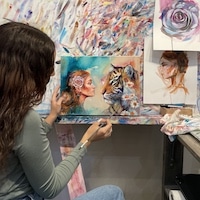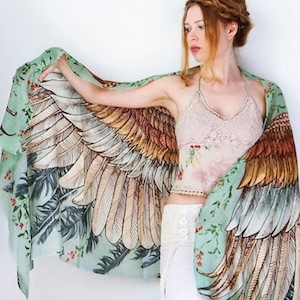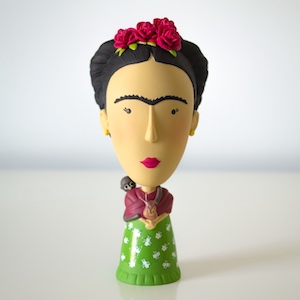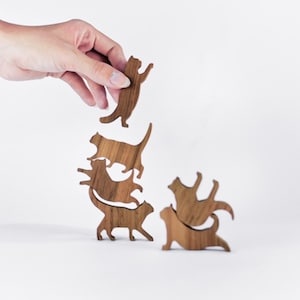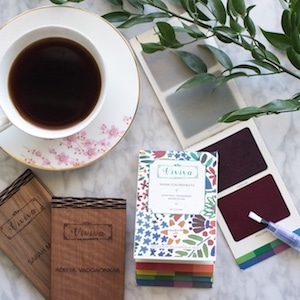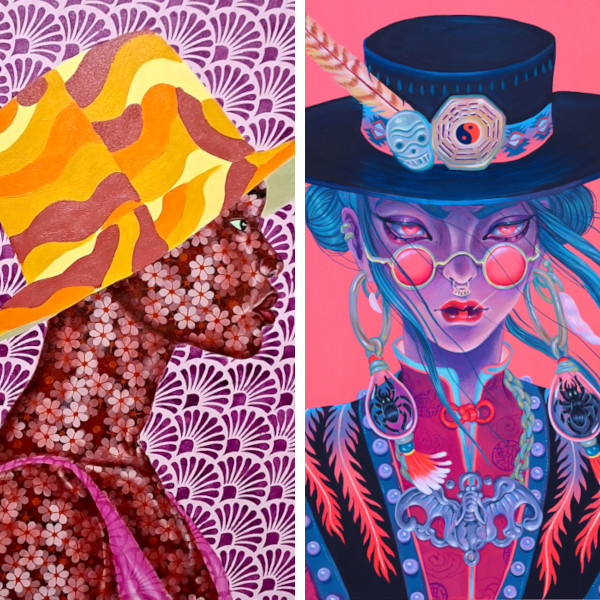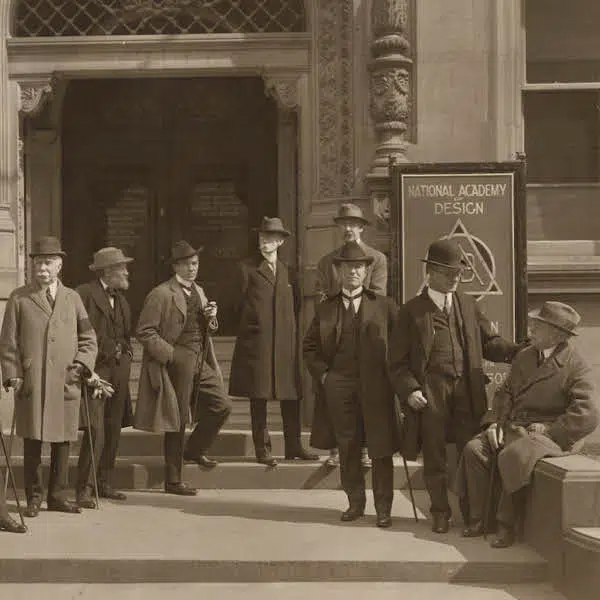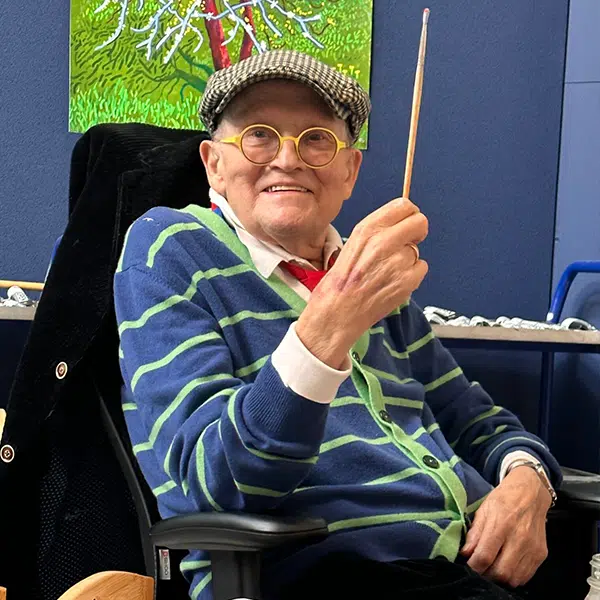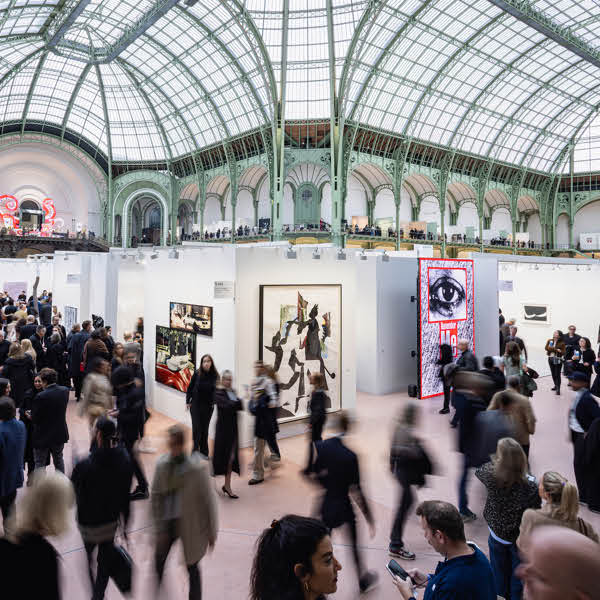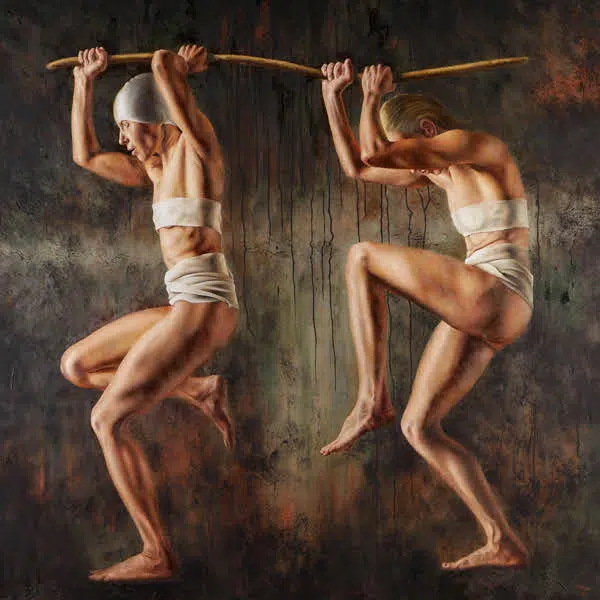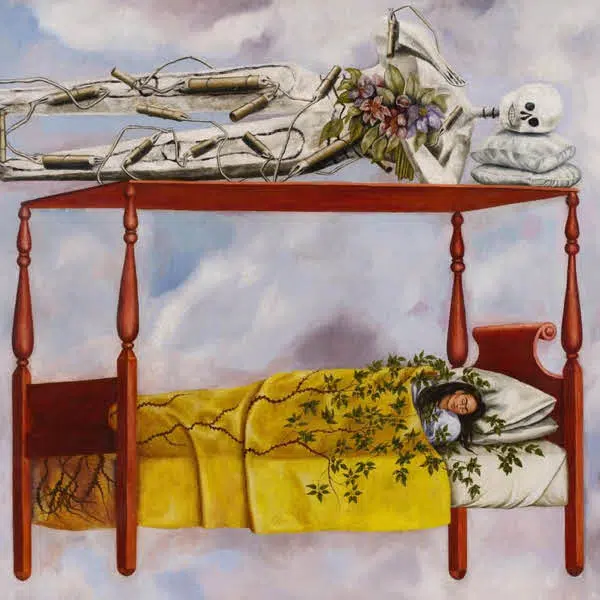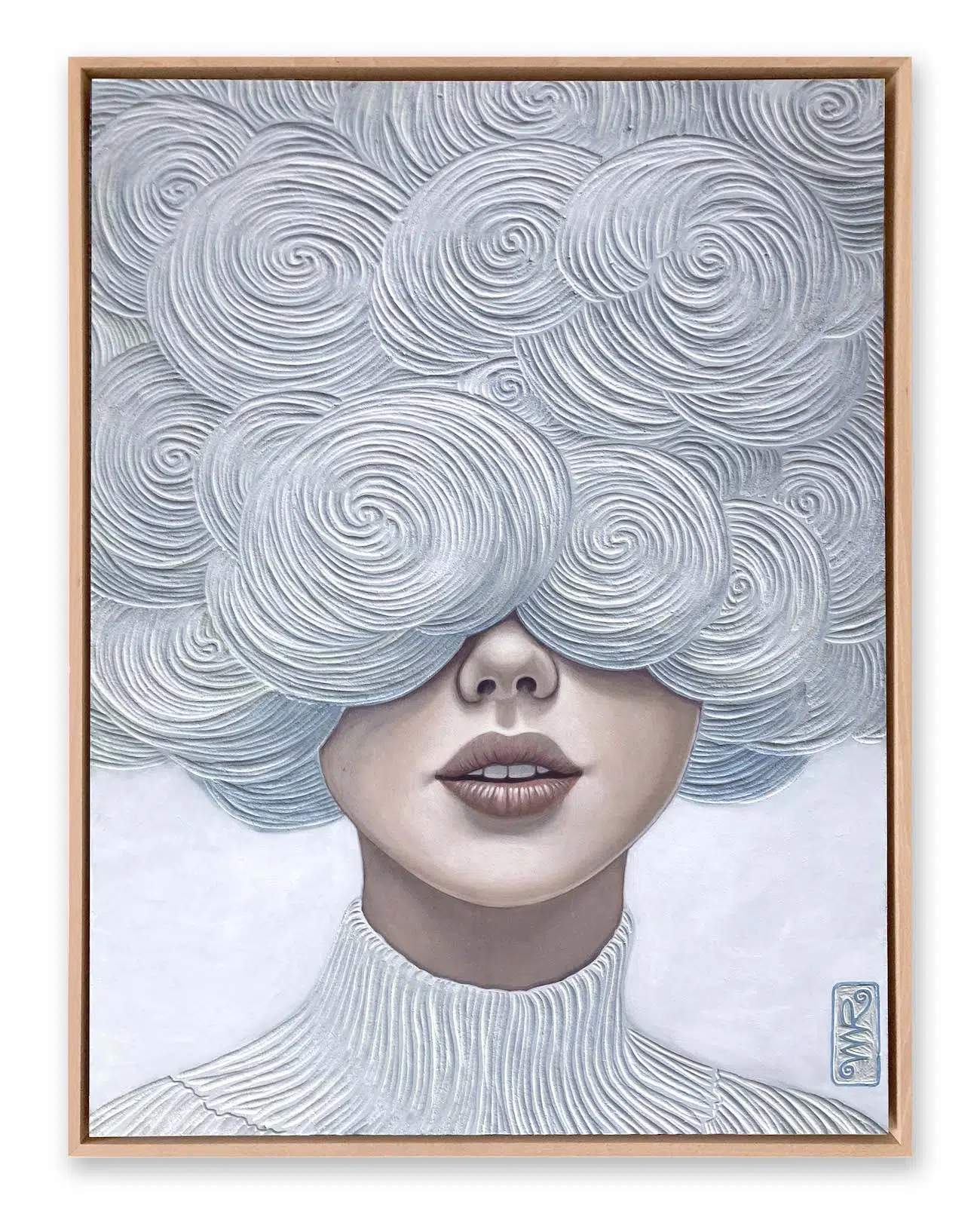
When Matt Roussel traveled to Mongolia in 2015, something critical dawned upon him: he didn’t want to work as a 3D illustrator anymore. This decision ultimately propelled him toward the multimedia practice for which he’s known today, revolving around everything from woodcuts and prints to ceramics and painted, engraved wood.
During this transition, Roussel first gravitated toward woodcutting, developing a style replete with unusual creatures, playful compositions, and defined, illustrative lines. Soon after, he complemented his prints with expressive, imaginative sculptures, inspired by Japan’s tradition of raku ceramics. It was only later that he combined woodcutting with his urge to paint, resulting in deliciously textured surfaces whose every crevice is streaked with translucent colors.
“I like to immerse the viewer in a world different from our reality in order to bring them pleasure, happiness, and strangeness,” the artist tells My Modern Met.
It’s undeniable that Roussel’s work possesses that exact sense of immersion. No matter the medium, his art practically leaps toward its viewer, abounding with a fantastical vibrancy. His idiosyncratic cast of characters, with their cherubic personalities, exude a sort of childlike wonder, as though they may appear inside a book of fairy tales. It’s perhaps unsurprising, then, that Roussel once wanted to be a children’s book illustrator.
“I’ve always loved stories, and when I was younger, I wanted to illustrate children’s stories,” he says.
My Modern Met had the chance to speak with Roussel about his artistic inspirations, his multidisciplinary practice, and how he developed such a distinct and energetic visual language. Read on for our exclusive interview with the artist.
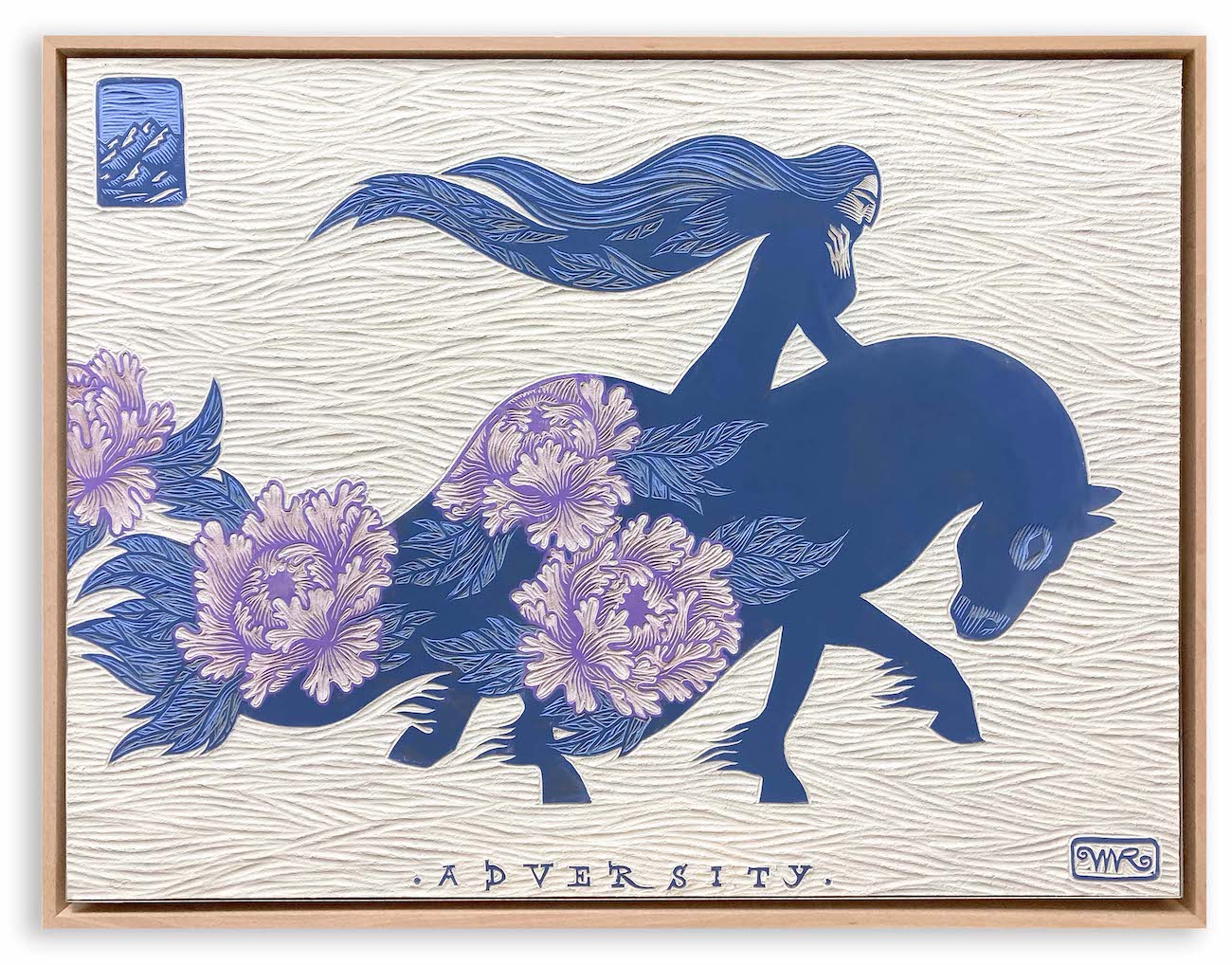
What originally drew you to woodcuts, printmaking, painted engraved wood, and ceramics?
I was a 3D illustrator and I was looking for an activity that would take me away from the computer and a seated position. I needed to work with my hands and escape the virtual world, so I chose printmaking because I saw my wife doing copperplate engraving, and since I loved the graphic aspect of woodcutting, I took it up.
I then held my first exhibition of my prints, which was a real success, and it encouraged me to do more. But making a living from printmaking alone wasn’t enough, so I thought selling ceramics could be a good complement. I then bought a gas kiln and started producing Raku ceramics.
Then the urge to paint came over me. I wanted to create unique pieces while maintaining the originality of my engravings. So I came up with the idea of painting directly onto the original to create unique pieces and break away from the black and white of prints.
I continued to exhibit these new pieces, and the public loved them. I took the painting aspect a step further by combining classical portraits with woodcuts, resulting in this art form that is very personal to me and that I call “painted engraved wood.”
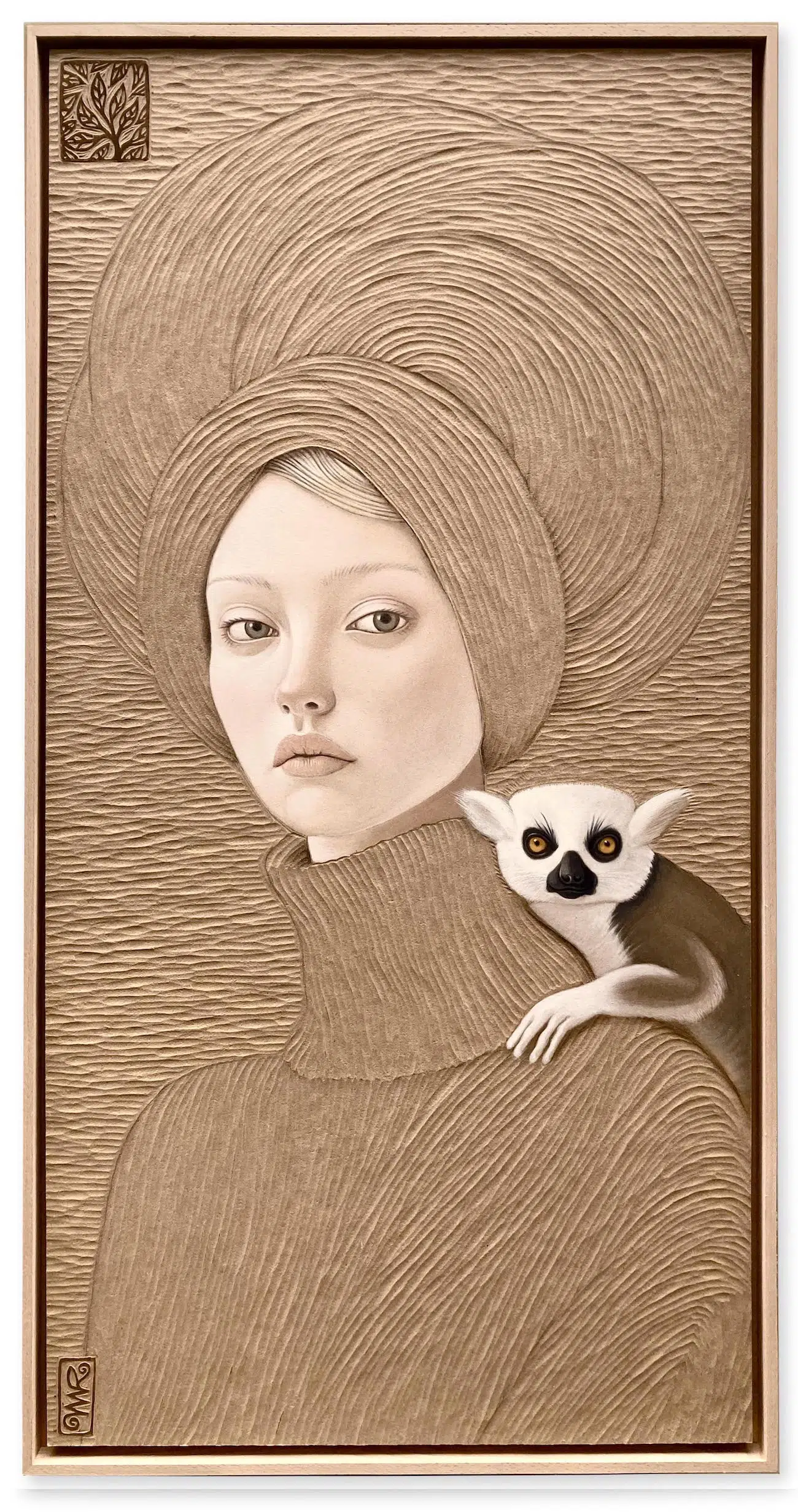
In 2015, you traveled to Mongolia and have been working with wood engraving and ceramics ever since. How has that trip and experience informed your work?
This trip to Mongolia revealed to me the need to follow my intuition. I was tired of doing commissioned 3D work, but I didn’t dare admit it to myself, despite the fact that I loved my job. Something just wasn’t right.
This trip put me back on track to my childhood dream: to be an artist in the literal sense of the word, that is, to make a living from my work and my personal creations.

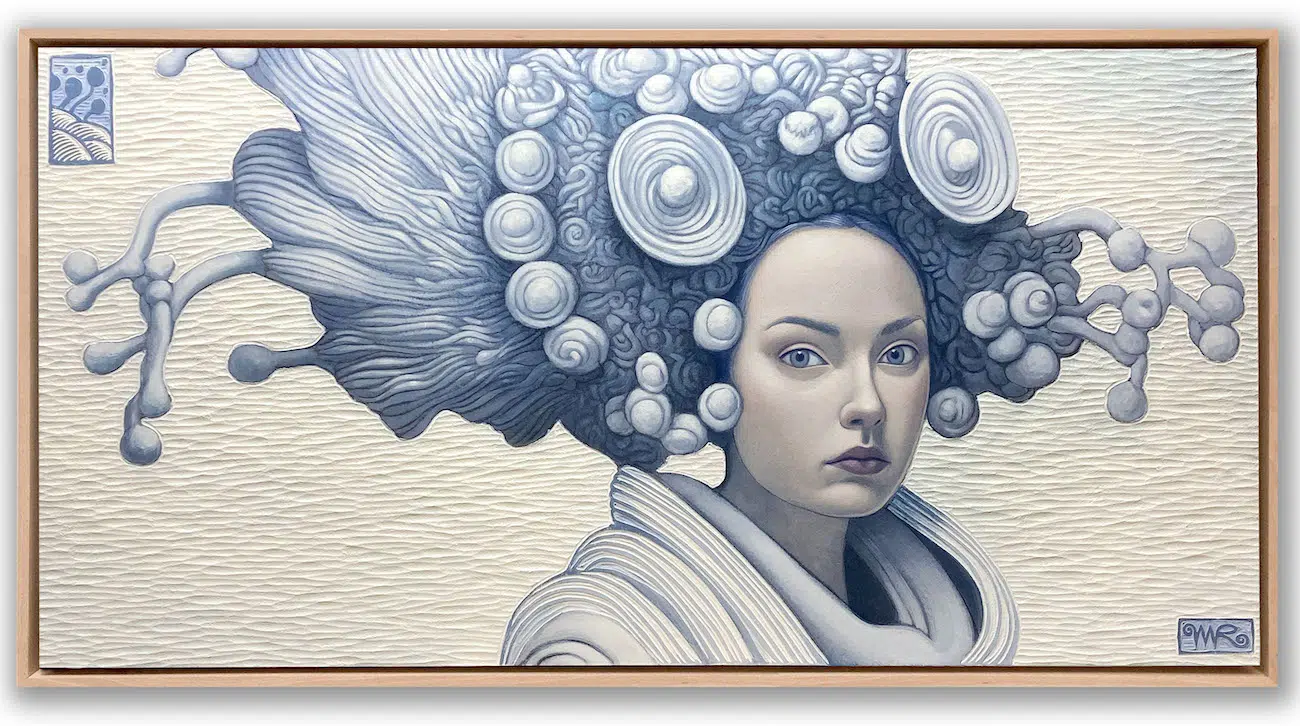
What is the typical process of creating one of your artworks? Are there themes you especially like to incorporate across each artwork?
In my prints, I like to explore sensory worlds where imagination is paramount. I love telling stories and propelling the viewer into imaginary worlds, inspired by tales, legends, and folklore. It’s the same for my sculptures, but, in my paintings, the decorative aspect is more important, because a painting is often purchased to decorate an interior.
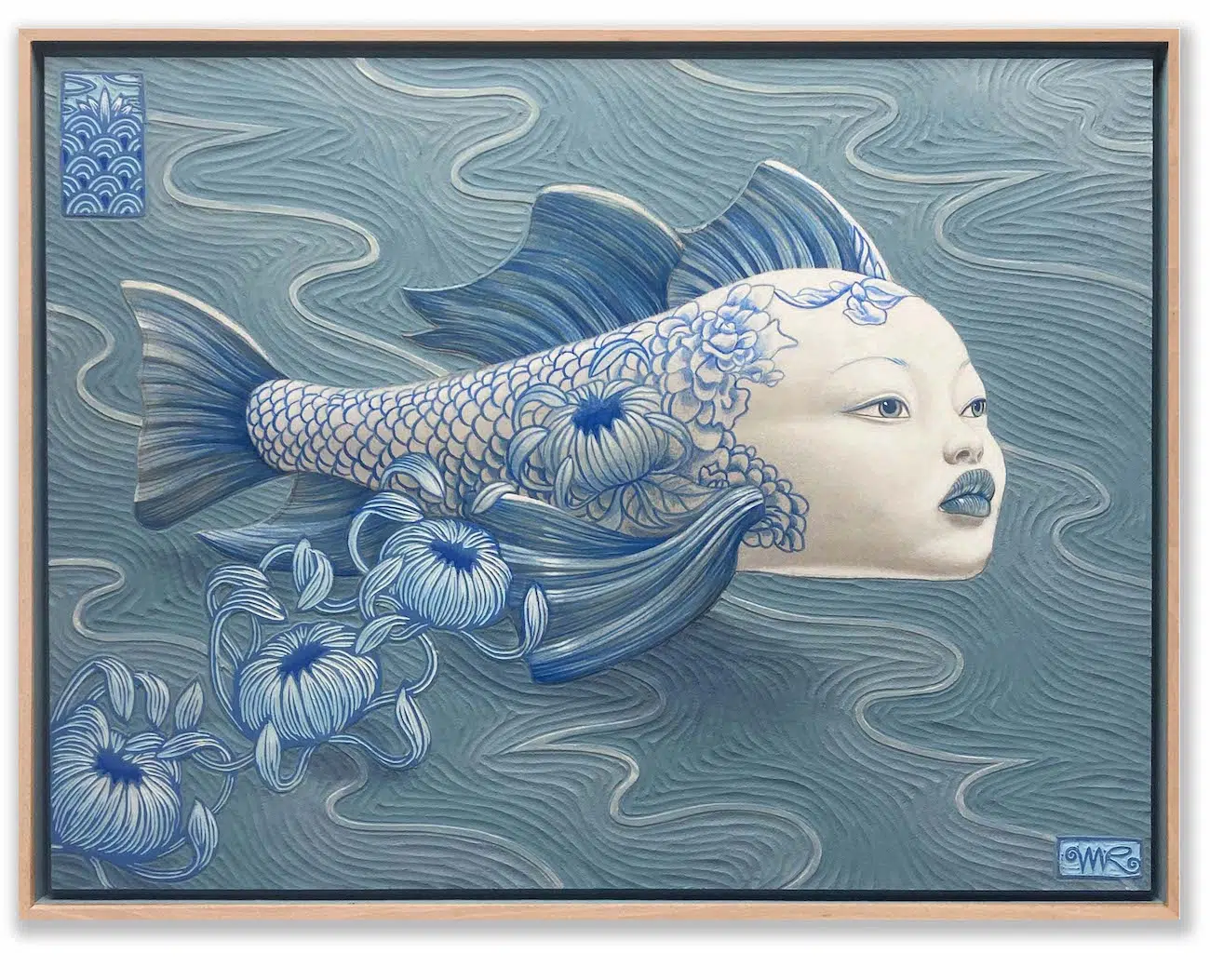
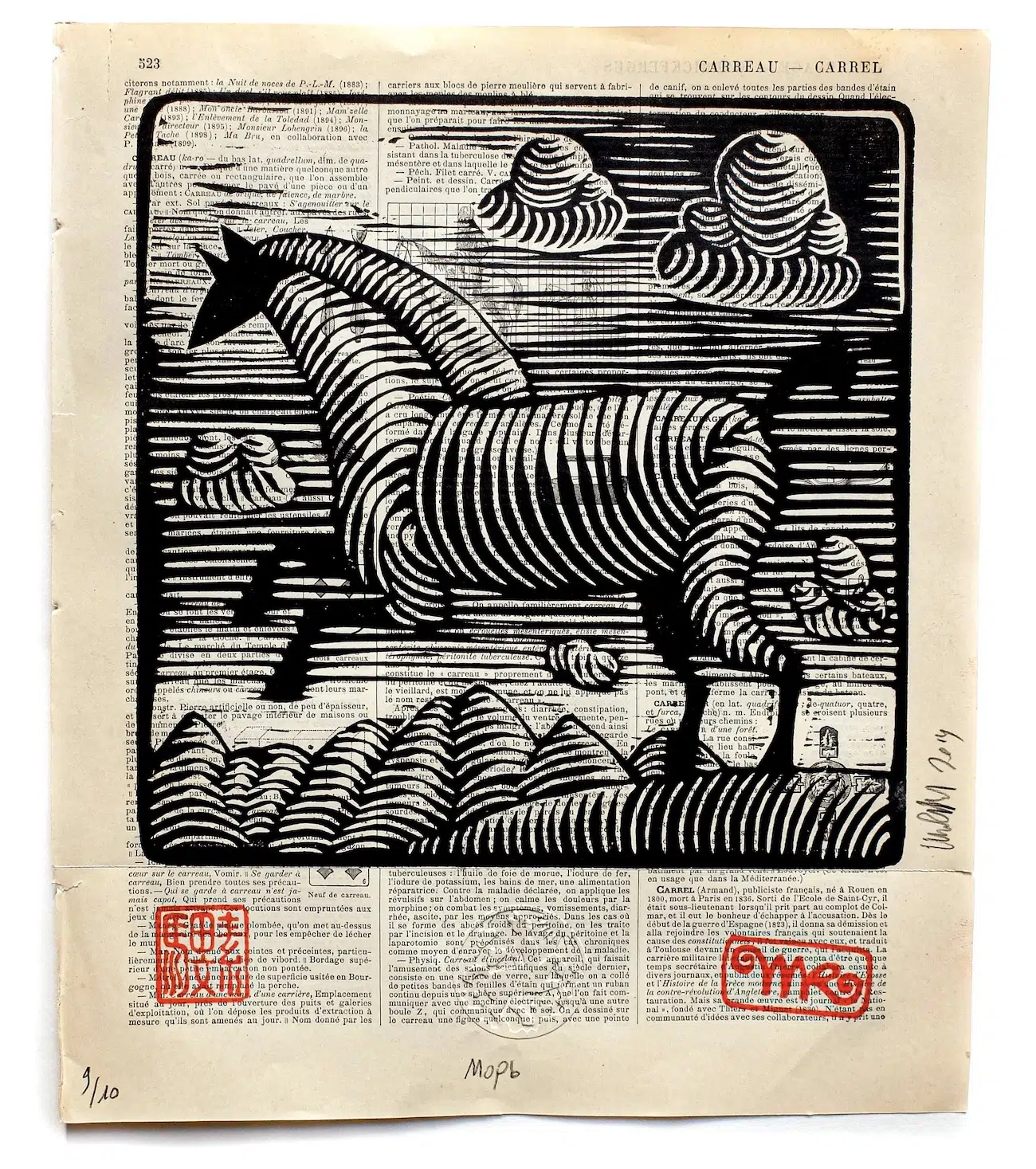
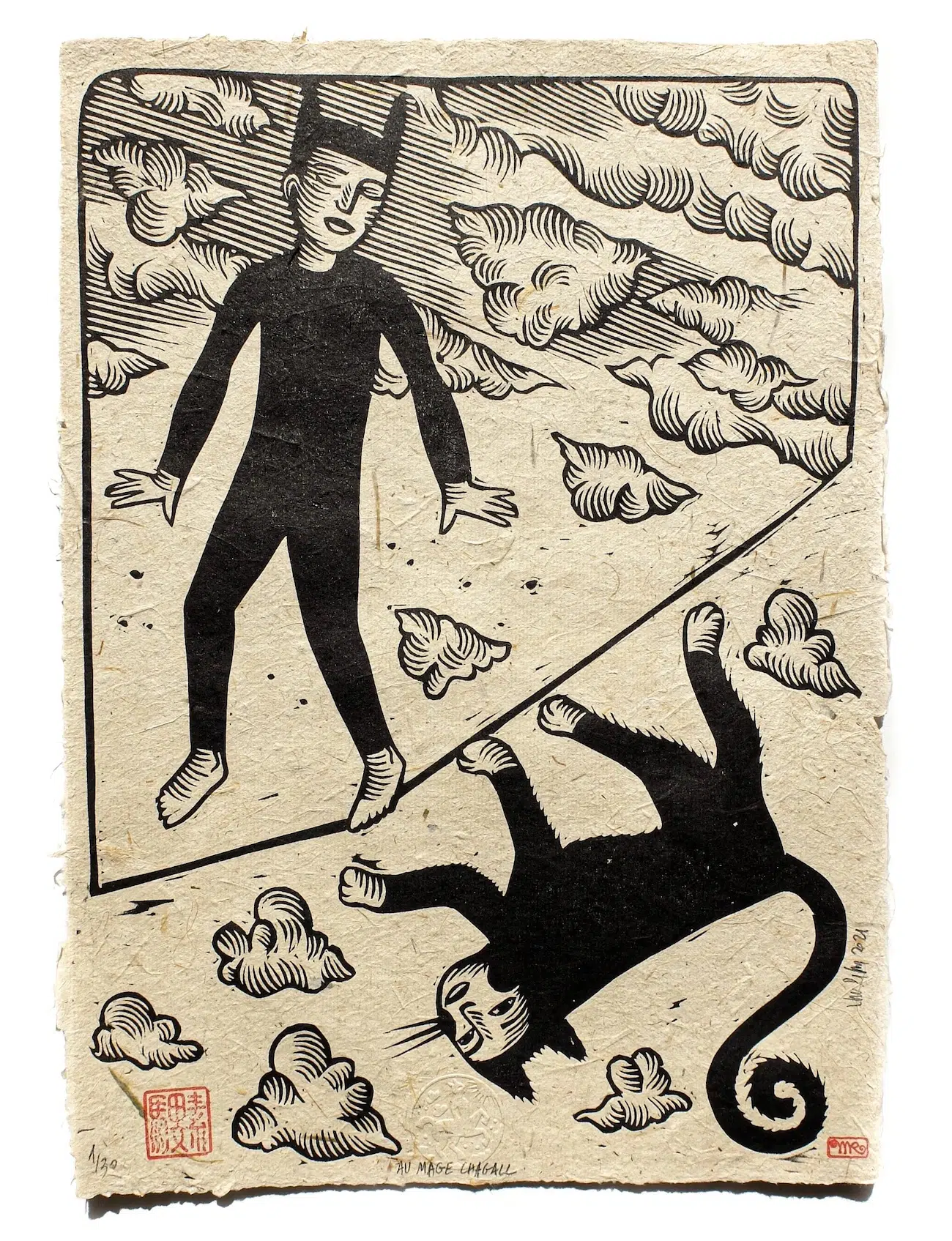
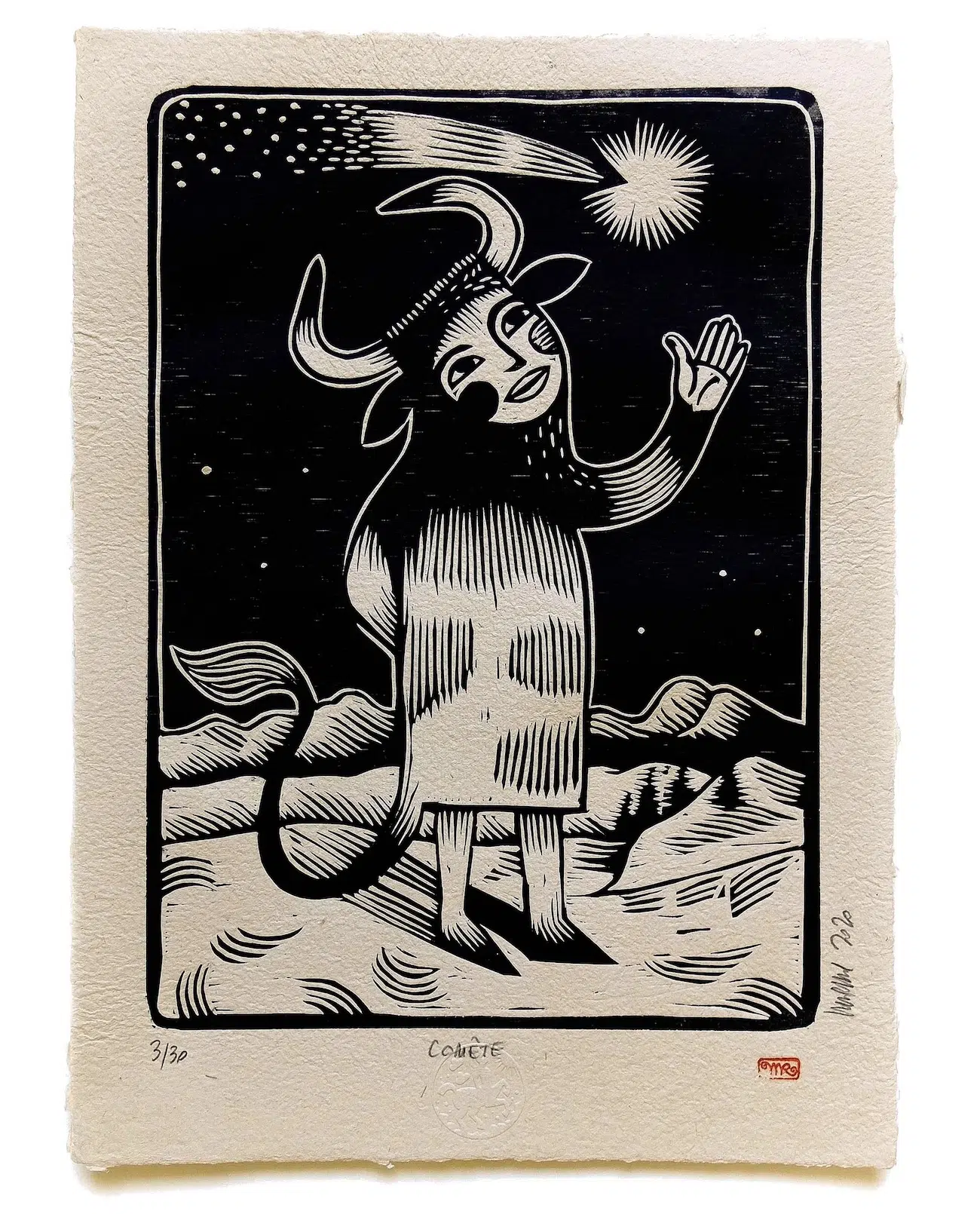
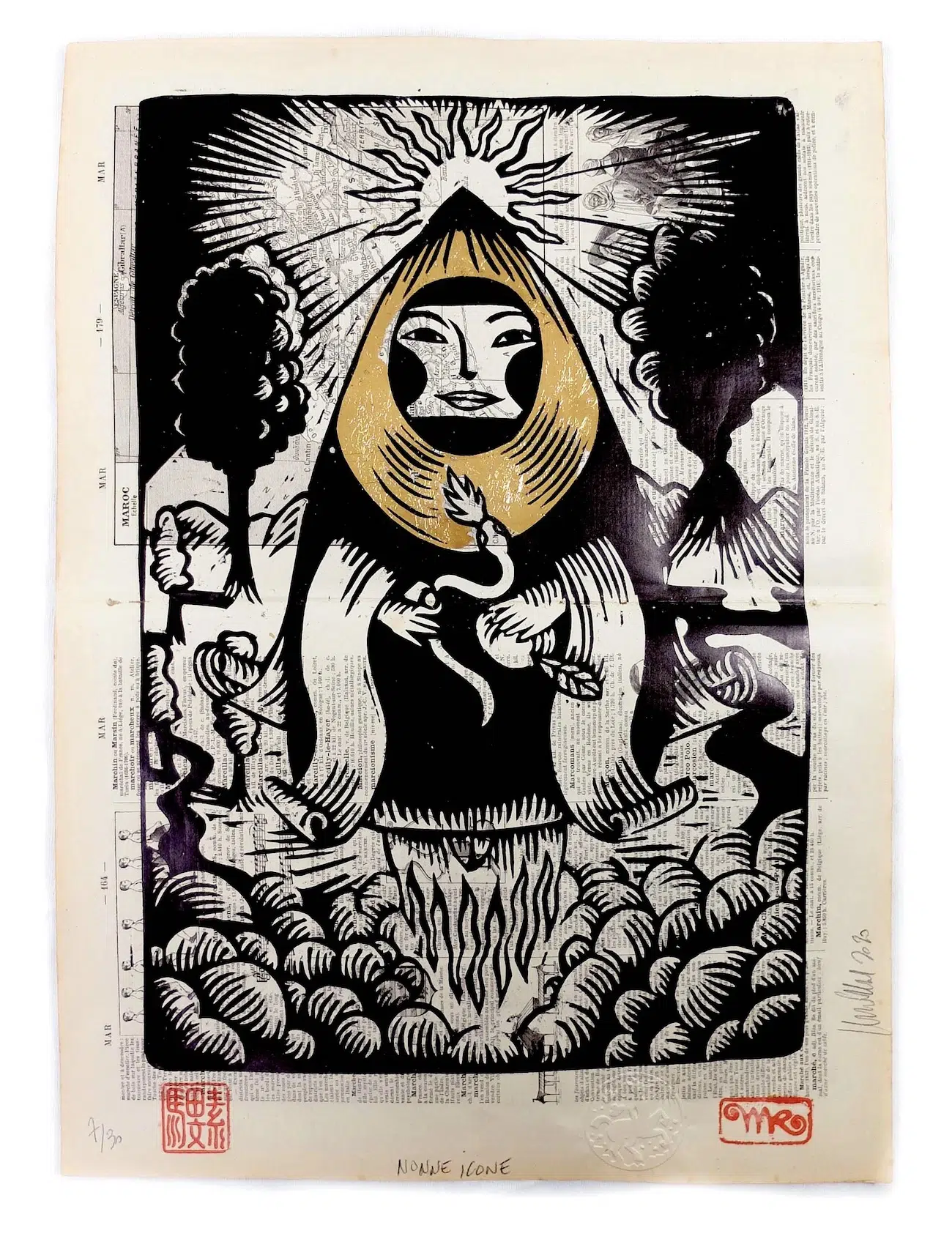
What does it mean to you to be an interdisciplinary artist, and is there a particular medium you find yourself preferring?
I’m lucky enough to be able to transition from 3D to 2D quite easily. This allows me to imagine myself being able to take on any challenge. (It’s unrealistic, of course, but it gives me the confidence to do it.)
I don’t have a preference between painting, engraving, or ceramics, but it’s more a question of desire or energy. Engraving is quite simple to do, painting requires more attention and energy, and sculpture is much more demanding. You have to be hyper-focused because the slightest change in volume can be decisive for your sculpture.
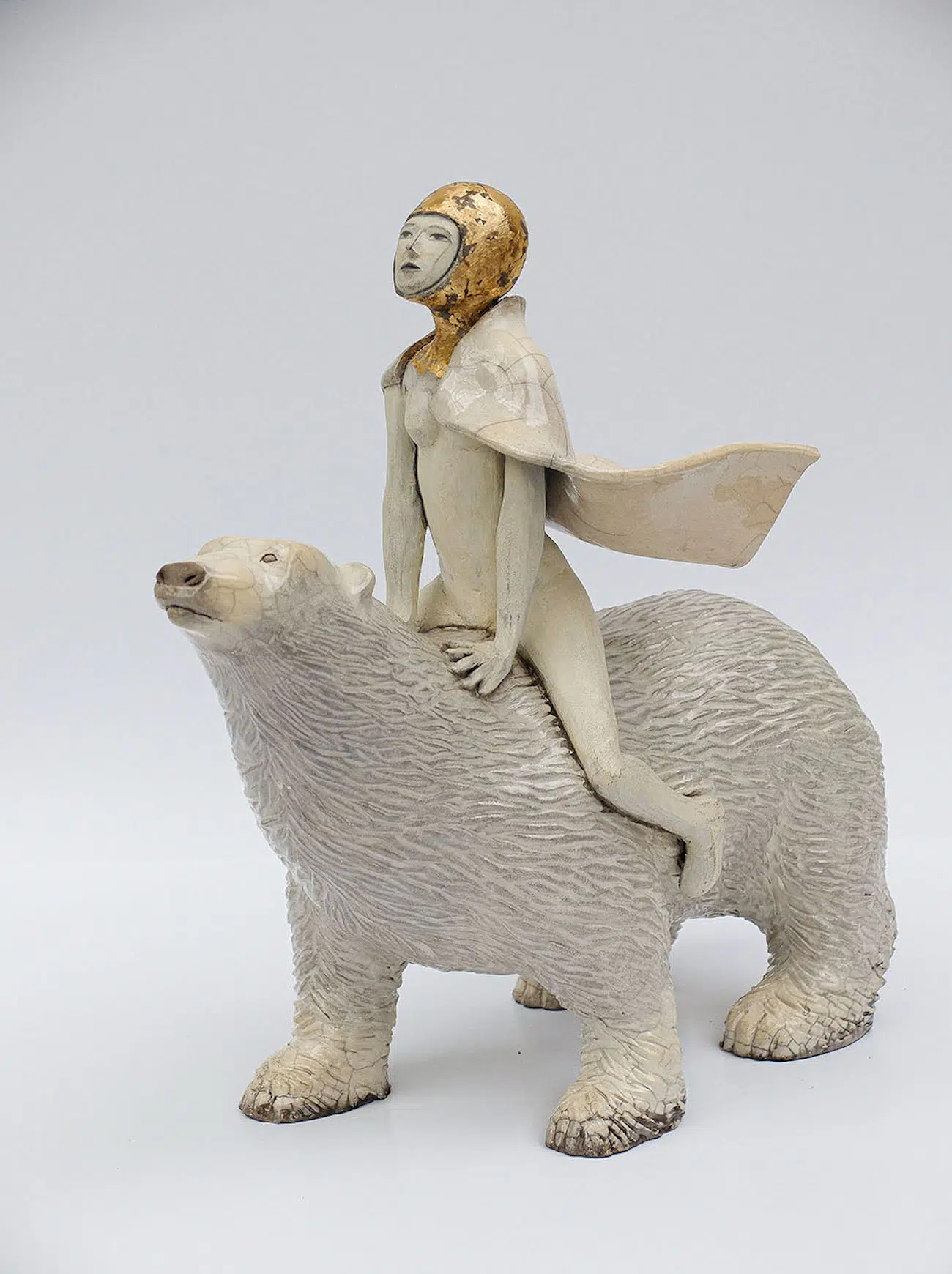
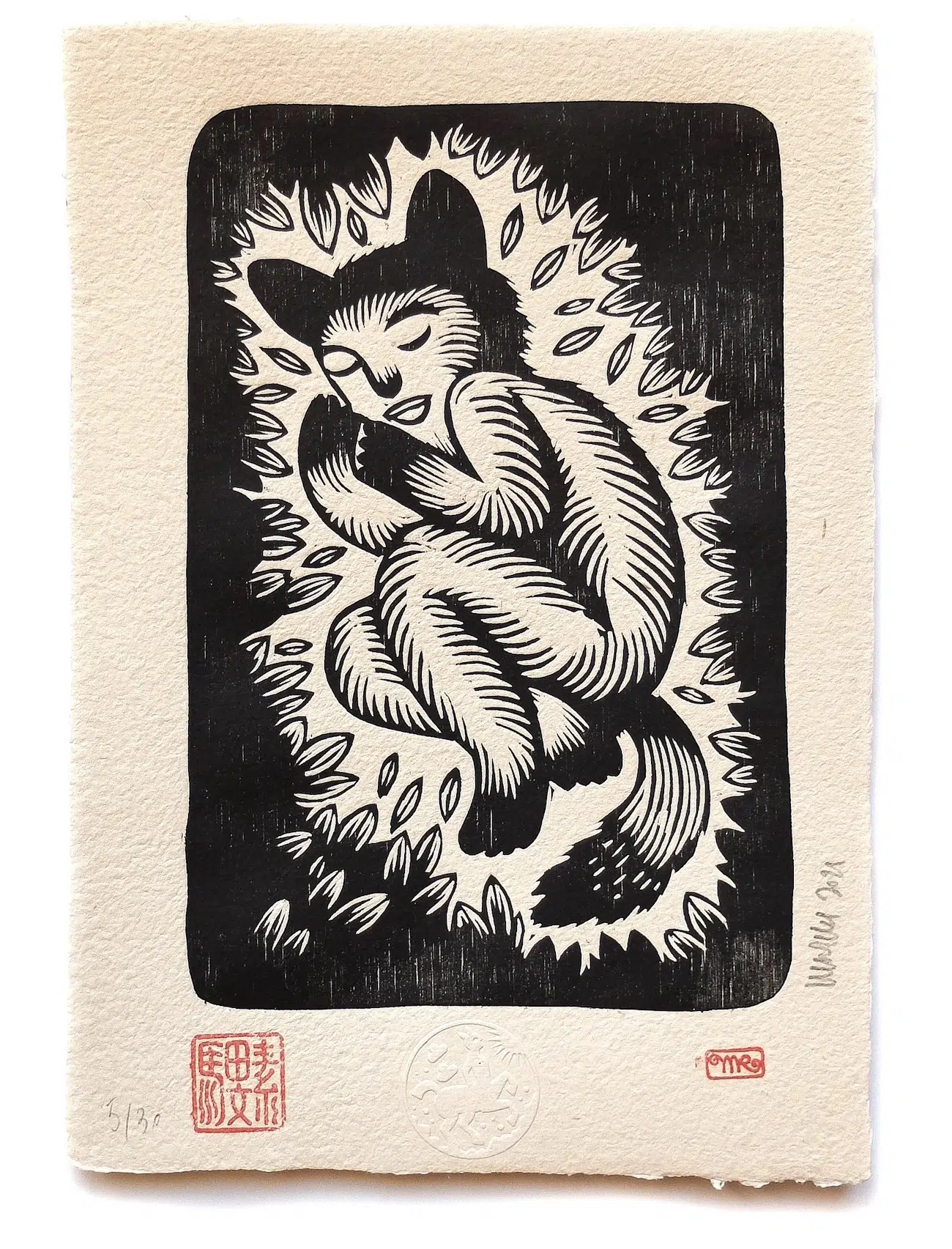
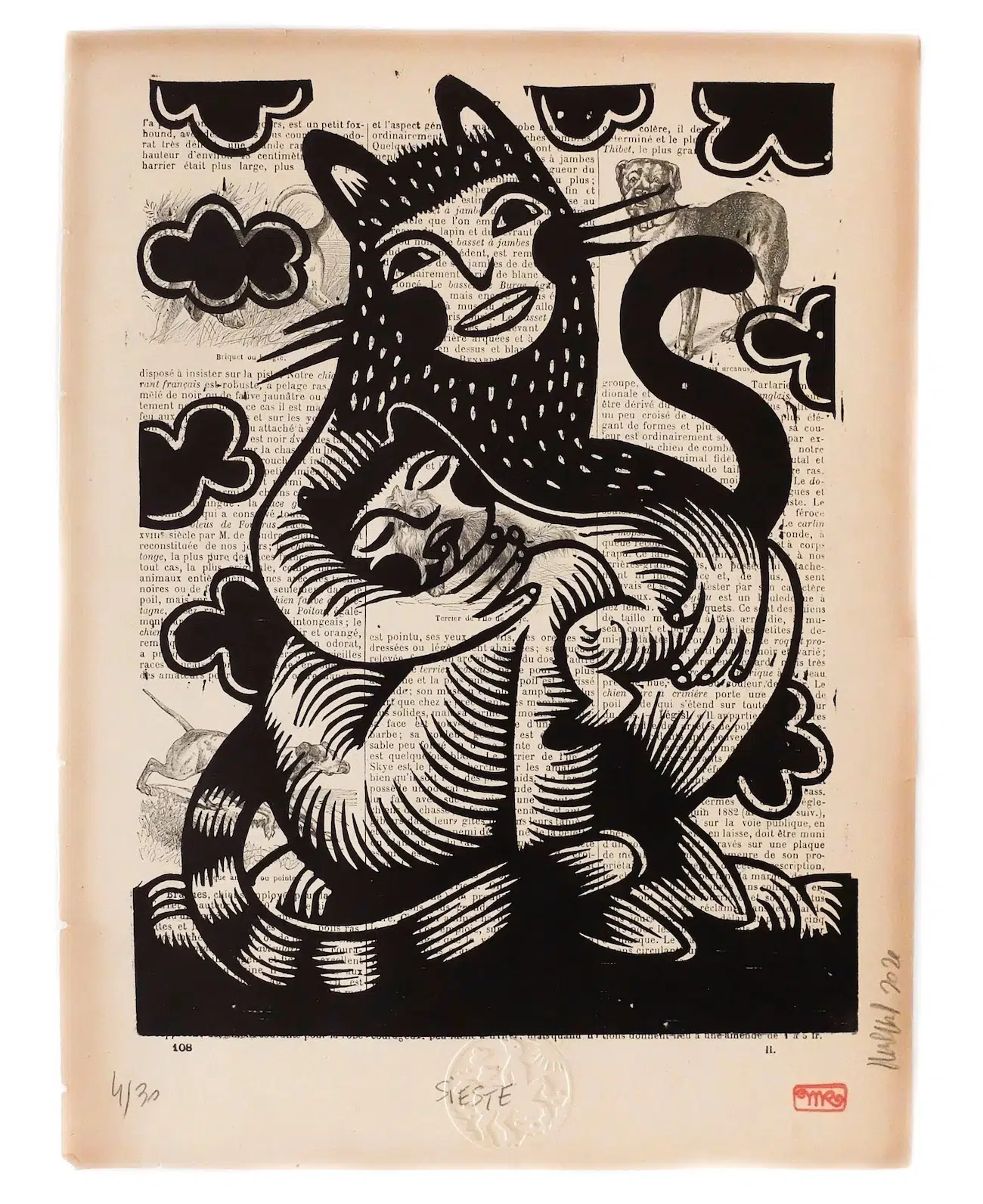
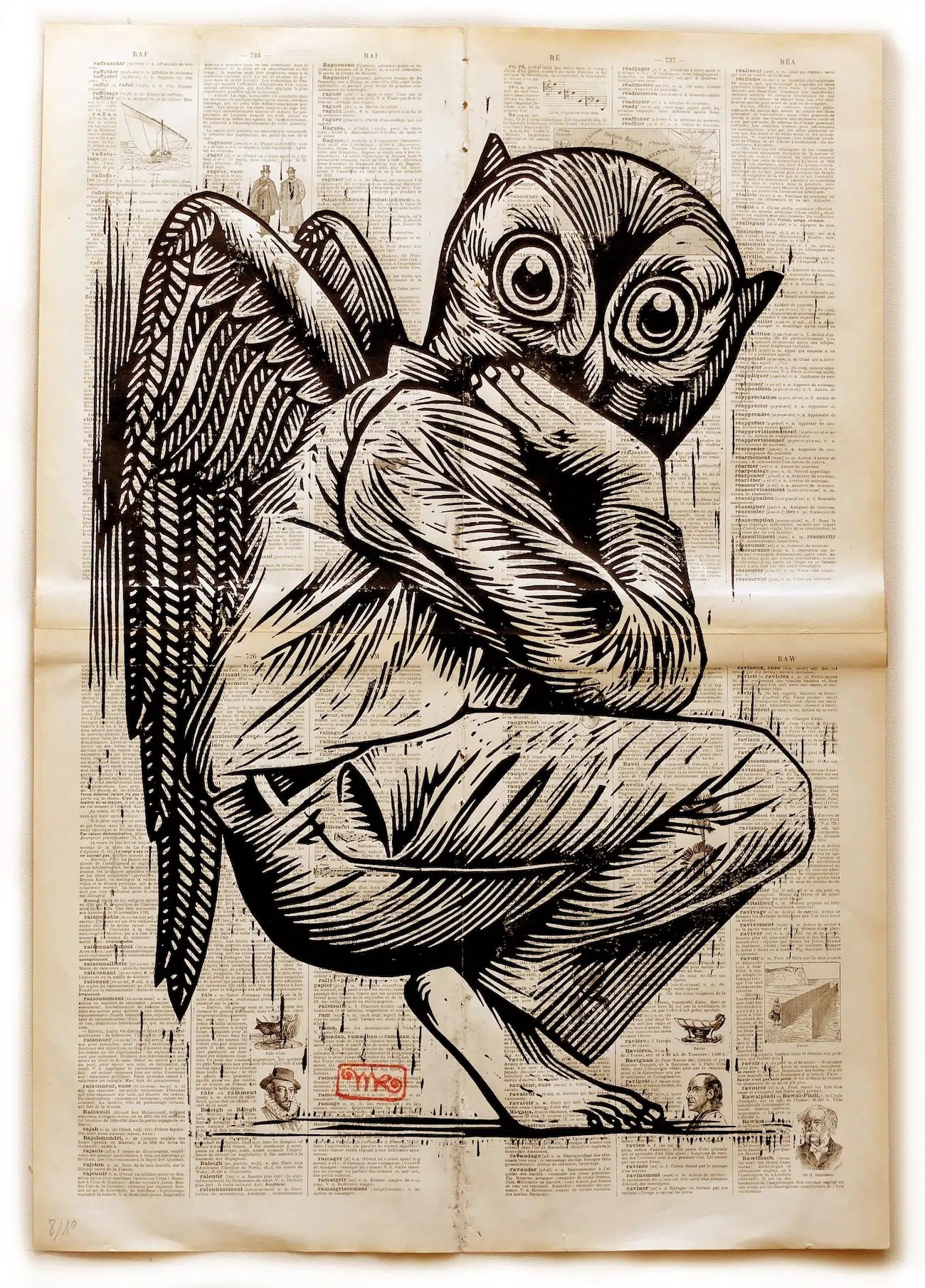
Your artwork is incredibly playful and illustrative. How did you develop this particular style, and what were the artistic inspirations leading to its development?
I’ve always loved stories, and when I was younger, I wanted to illustrate children’s stories. So I became an illustrator, and I think that’s how I learned to tell a story through images. I like to immerse the viewer in a world different from our reality in order to bring them pleasure, happiness, and strangeness.
My artistic sense was revealed by my mother, who encouraged my taste for drawing first and art later. I remember spending entire days as a child poring over 30-volume encyclopedias on world art history. I was immersed in Paleolithic, Asian, Classical, and Modern art during this period. I developed a taste for Asia, the Nordic countries, and Slavic art, but I also like Flemish, Chinese and Japanese painting, 19th-century classical art, African, and Aztec art.
These are my main sources of inspiration. I’m quite eclectic, with little interest in abstract art.
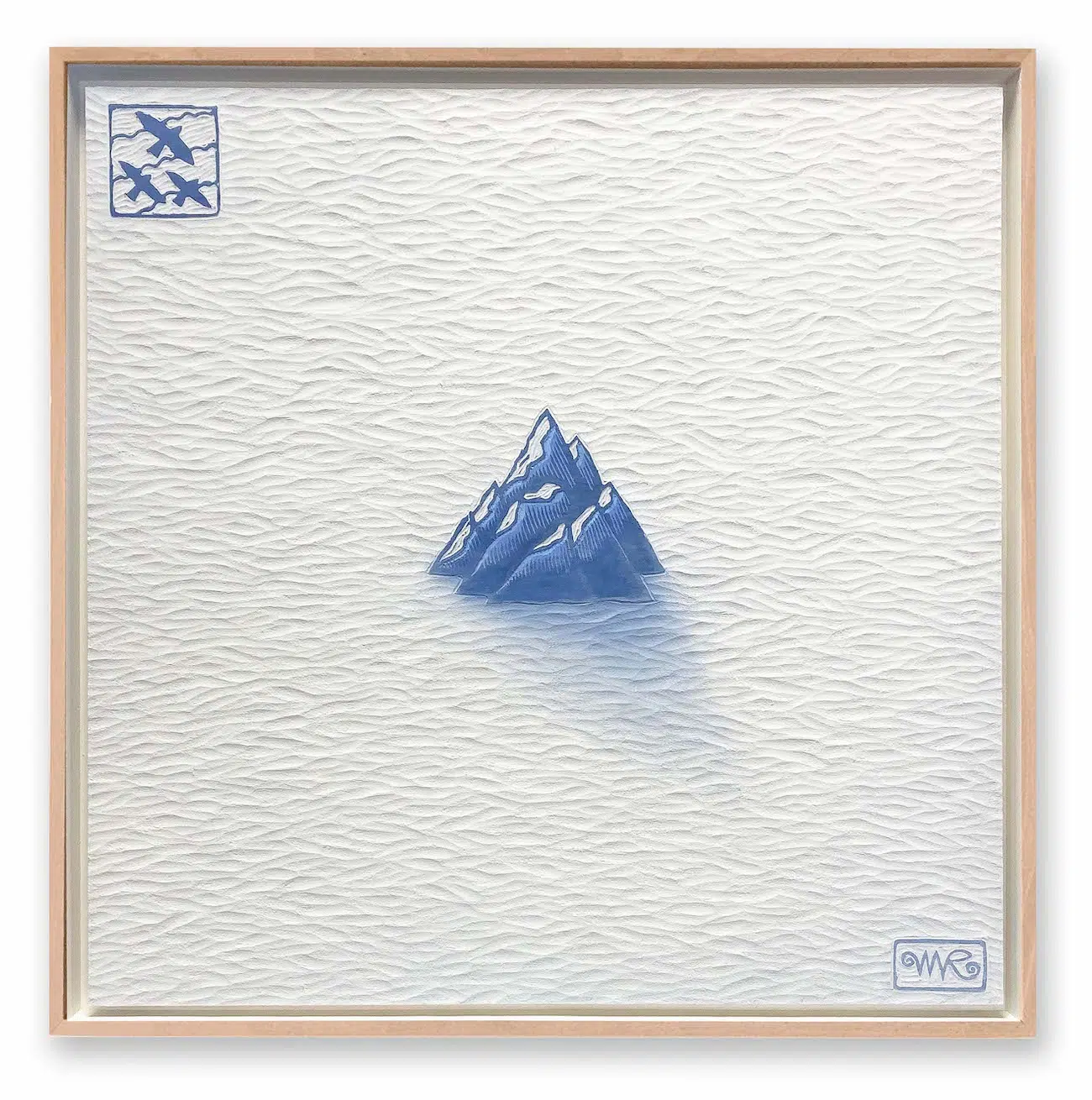
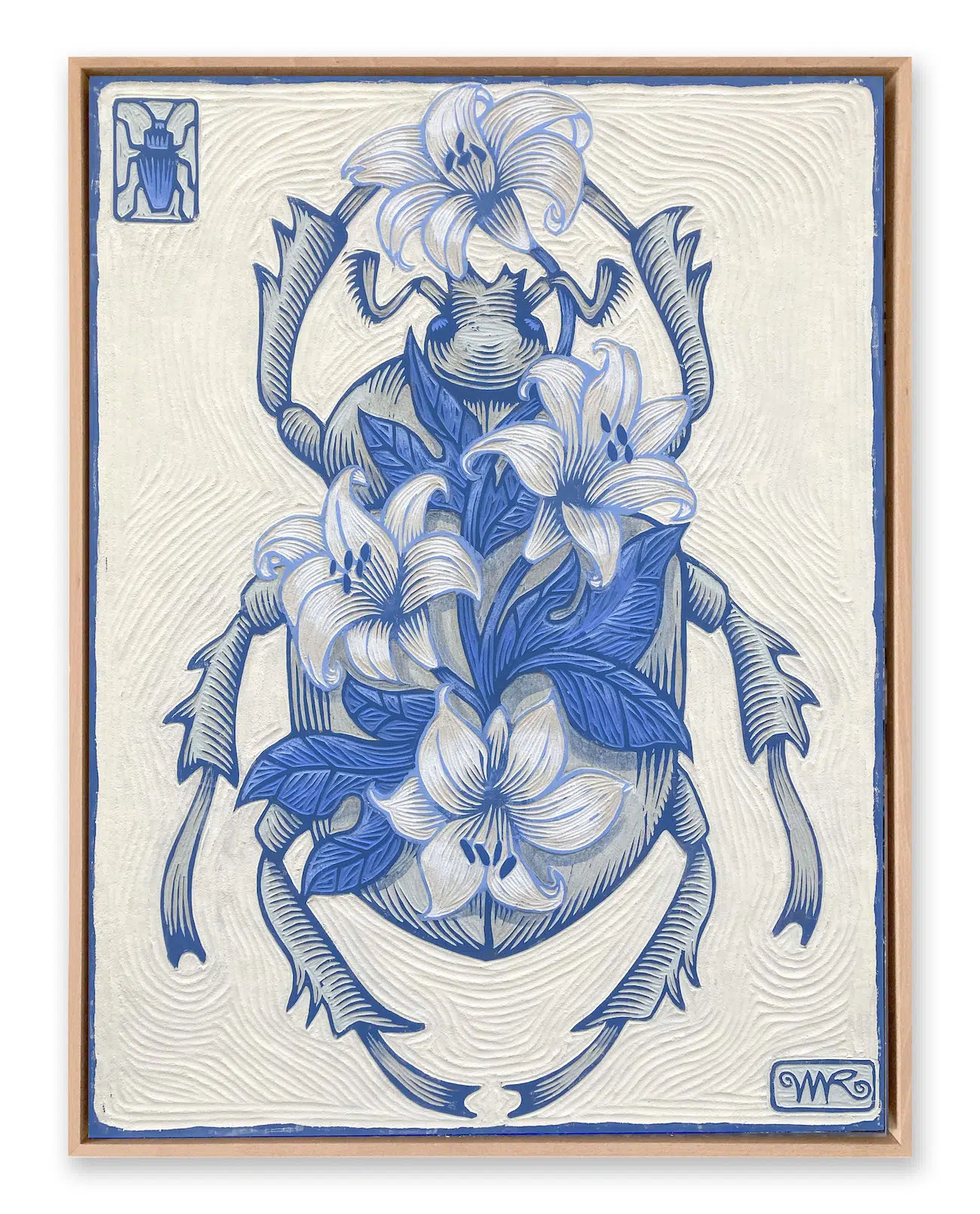
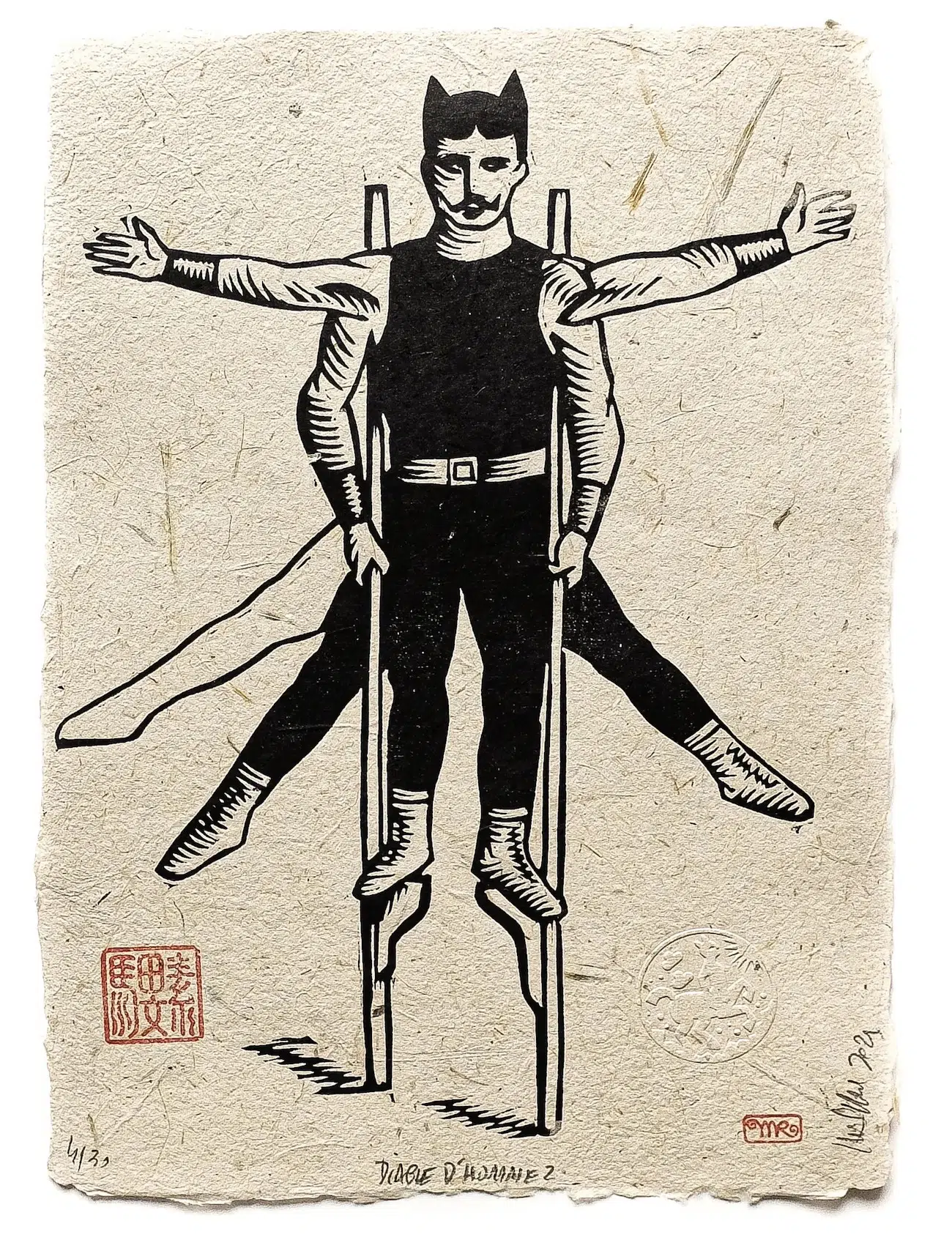
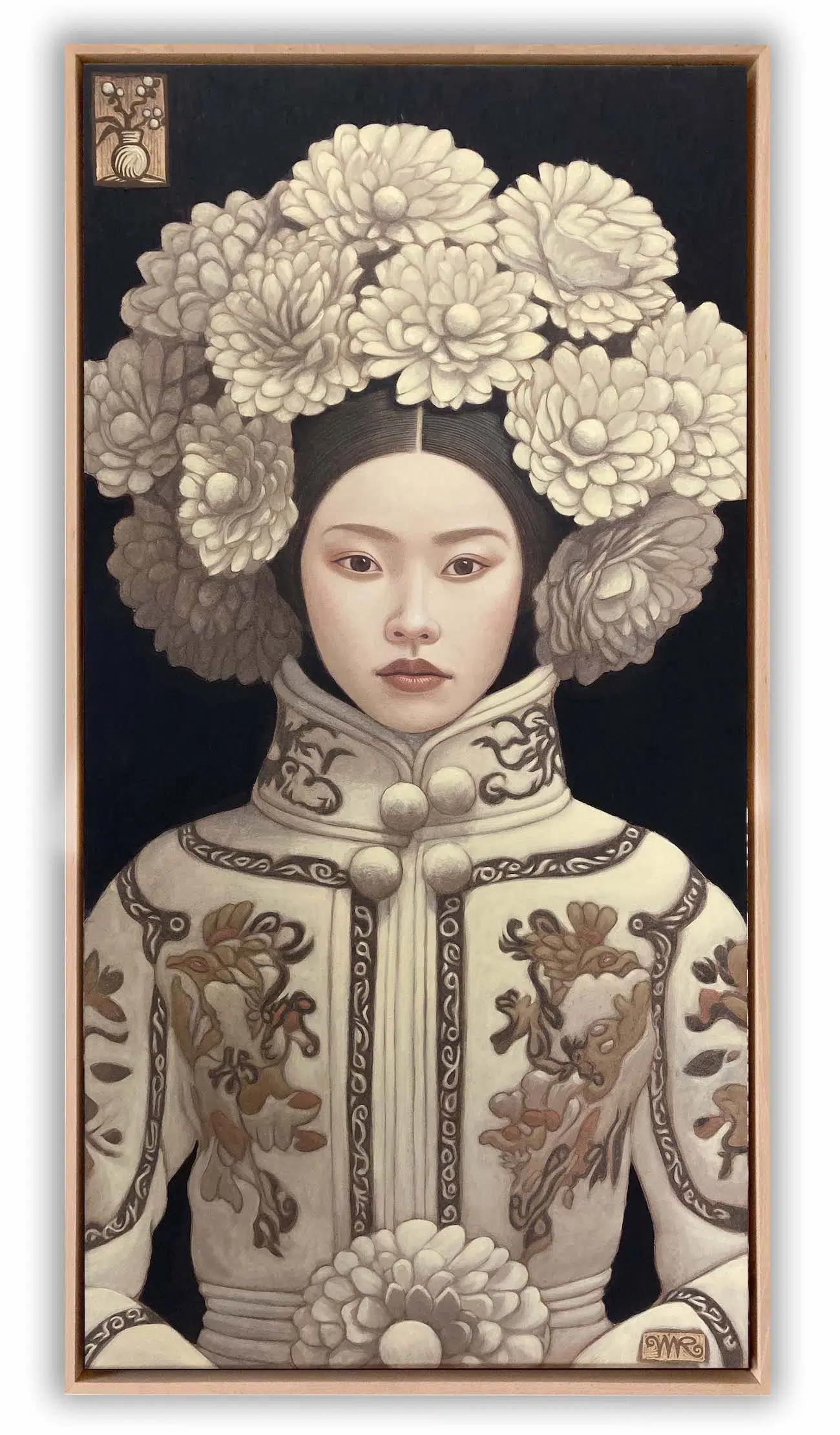
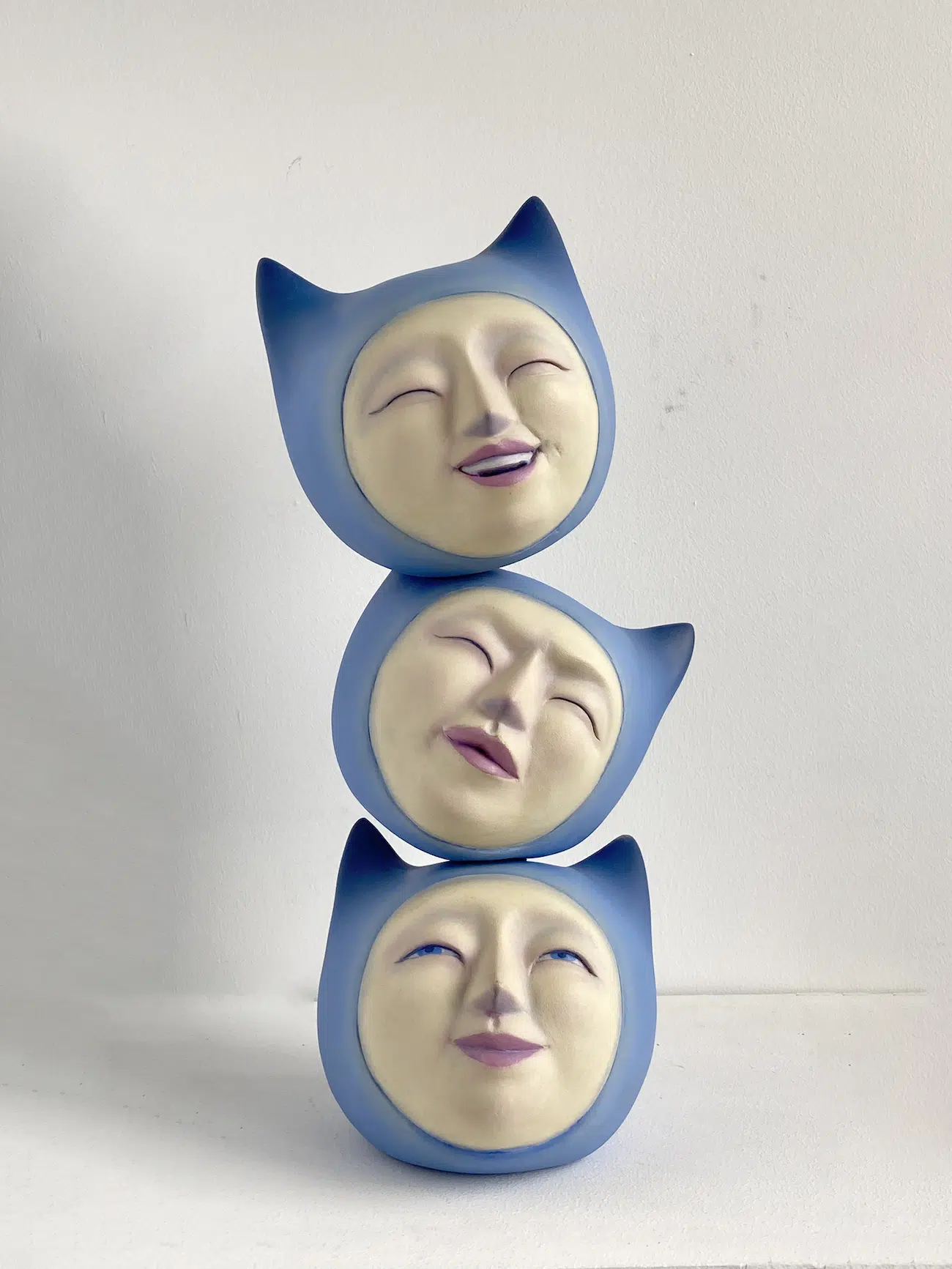
What do you hope people will take away from your work?
When people buy a painting from me, they do so because they fall in love with it or because it touches their hearts. I have nothing else to hope for, because it’s the most beautiful exchange between two people there can be.
I often say that it’s a unique and exceptional moment when two people, strangers to each other, come together around an object that triggers such emotion. I don’t know my buyer when I paint my picture, and they don’t know me either, and yet we share the same sensitivity.
In no other act of life do you feel such a strong feeling for a stranger, except love.

